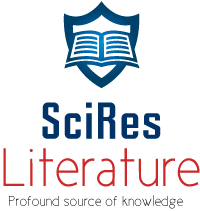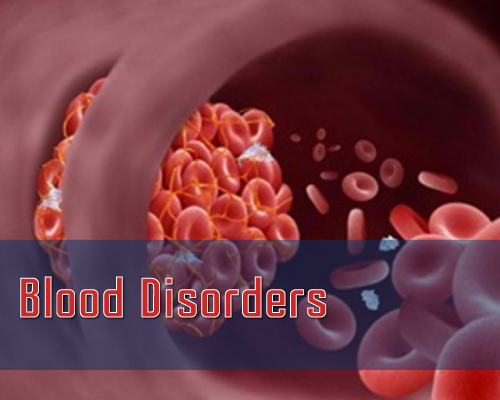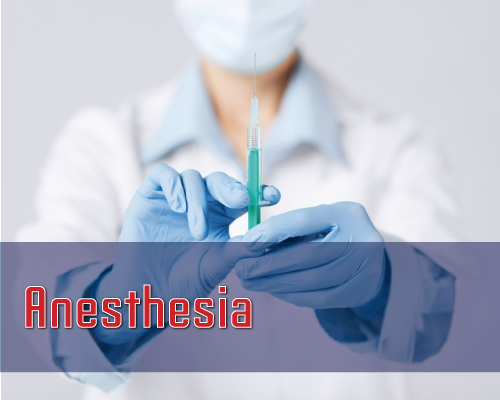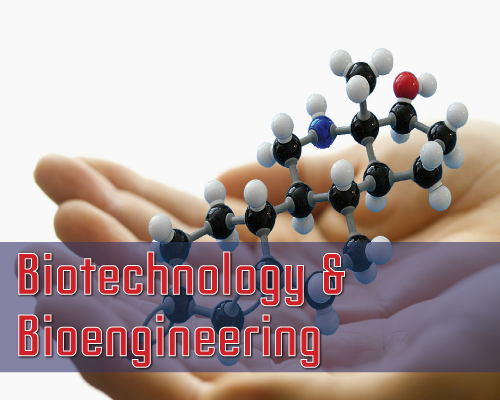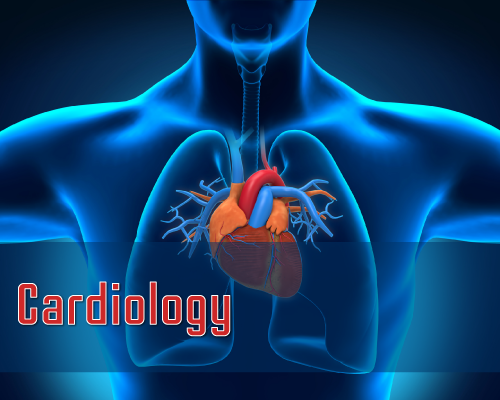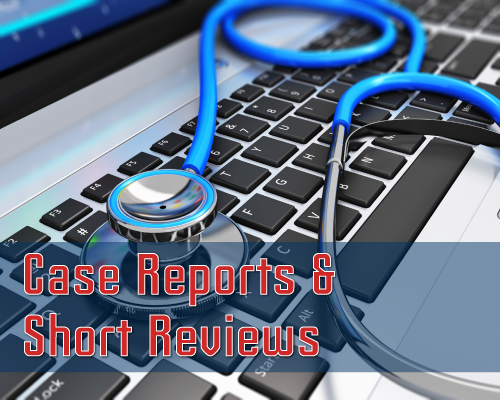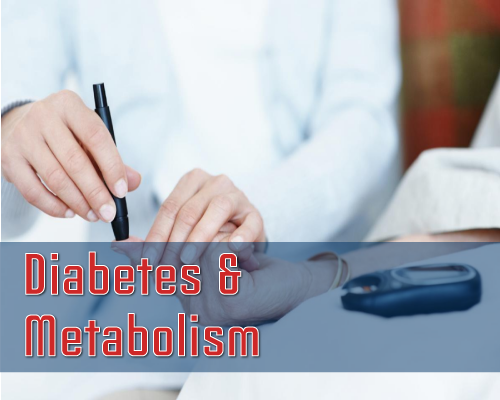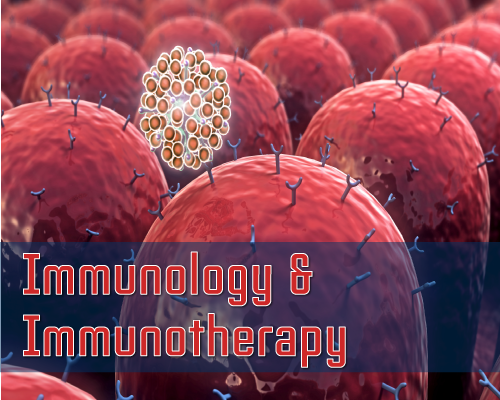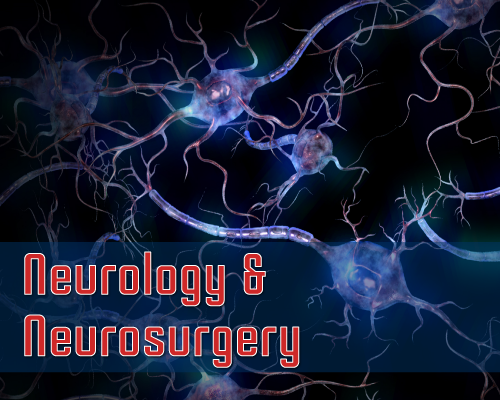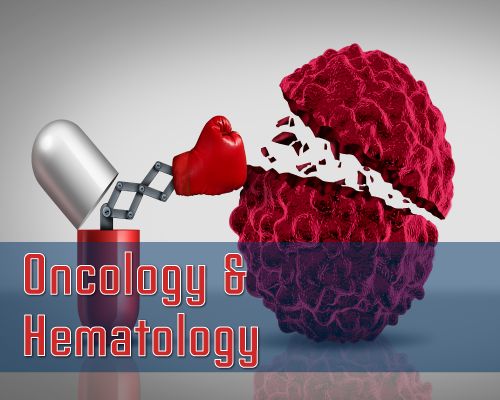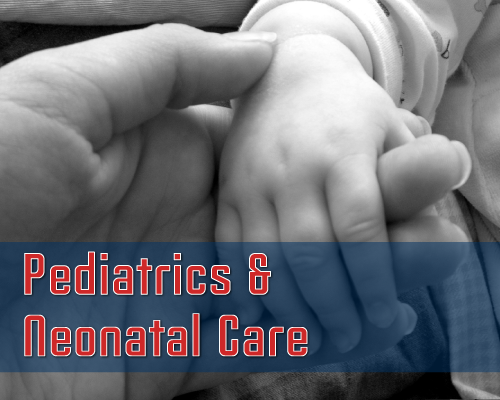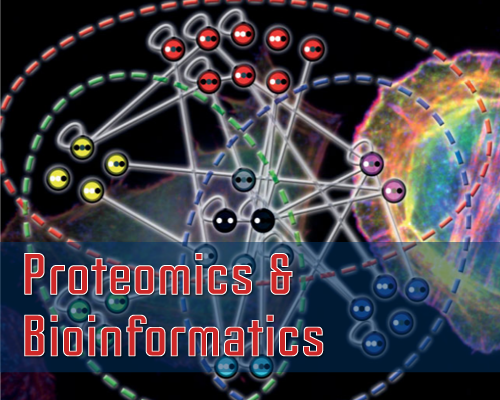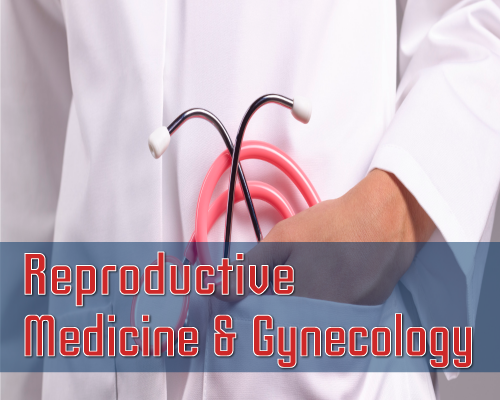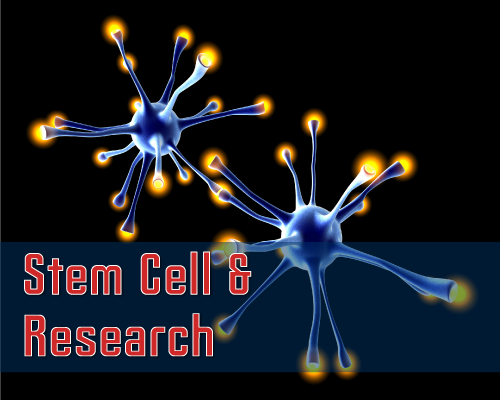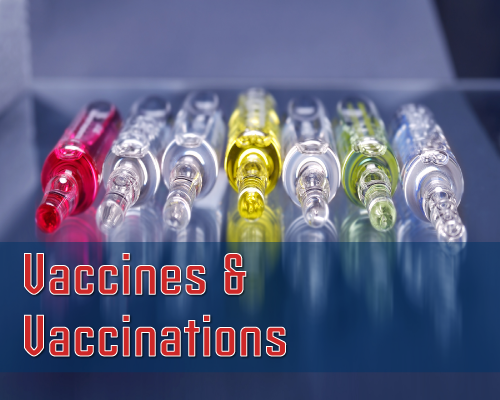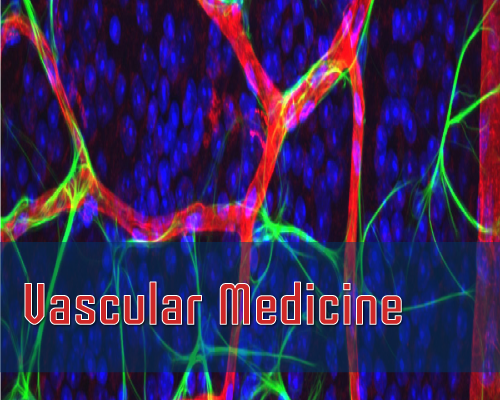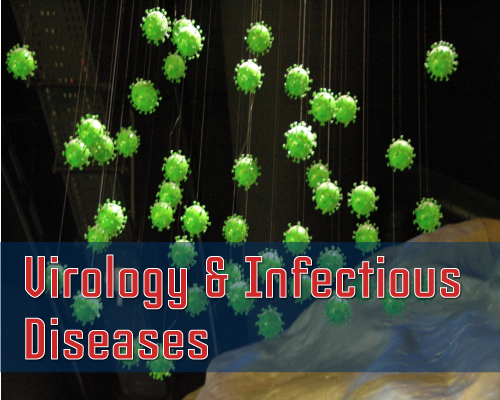Volume 2 Issue 1
Case Study: Ostentatious Removal Treatment of Alt-Right Verborum Ventris through Surgical Implantation of the Metatarsal and Associated Local Skelature within the Oral Cavity
The problem of verborum ventris is well known to be a growing problem. Many trumpian vents have characteristics of equum stercorant. Causal causes include short-form tweet radiation and prevalence of Higg's bosons in proximity to Large Hadron Colliders. Surgical implantation of the metatarsal and associated local skelature into the oral cavity provides a unique and totally unacceptable solution to the problem of verborum ventris. This paper is, of course a prank, inspired by repeated spam email from the junk science publisher associated with the article. The author is probably not as funny as he thinks he is but the papers publication casts serious doubt on the integrity and value of the journal within which it is found. The fact that these last sentences appear in the published paper tell you, dear reader, exactly how seriously the editorial process has been taken. Anyway, as I was saying, implantation of metatarsals can be accomplished in a purely "made-up" fashion. Prognosis for success is made via self-referential reference to the size manus parvae. Experimental analysis with entirely fabricated patients revealed satisfactory outcomes. Sufferers of verborum ventris with unique alt-right equum stercorant are recommended to consider self-complete-to-partial metatarsal insertion.
Cite this Article: Davies GM. Ostentatious Removal Treatment of Alt-Right Verborum Ventris through Surgical Implantation of the Metatarsal and Associated Local Skelature within the Oral Cavity. Open J Surg. 2018;2(1): 017-019.
Published: 12 September 2018
Clinical Image: Lymph Node Inguinal Metastasis of Carcinoma of the Penis Already Treated by Amputation
A 69-year-old Caucasian man presented with a vegetative and purulent tumor measuring about 10 cm in the right inguinal region.
Cite this Article: Zogbi L, Alegre C, Francis V. Lymph Node Inguinal Metastasis of Carcinoma of the Penis Already Treated by Amputation. Open J Surg. 2018;2(1): 015-016.
Published: 22 August 2018
Case Report: Sub-Prosthetic Total Abdominal Recurrent Herniation Following Incisional Hernia Repair with a 30x30 Cm Onlay Mesh: Case Report
Hakan Kulacoglu1*, Haydar Celasin2
Recurrence following incisional hernia repair is a common problem even after mesh use. We present a 42-year-old woman with a giant re-recurrent incisional hernia. Hernia recurred despite a 30x30 cm onlay mesh. The whole area of the mesh was covered inside with peritoneum till both axillary lines. The patient was treated with sublay mesh repair following transversus abdominis muscle release.
Cite this Article: Kulacoglu H, Celasin H. Sub-Prosthetic Total Abdominal Recurrent Herniation Following Incisional Hernia Repair with a 30x30 Cm Onlay Mesh: Case Report. Open J Surg. 2018;2(1): 011-014.
Published: 29 March 2018
Review Article: Contributions of Implantable Power Generators to the Failures and Complications in Conventional Neuromodulation Therapy
Laura T. Perryman*
Neuromodulation has become a standard of care in the management of movement disorders and chronic pain management while the list of indications has been growing recently. The conventional equipment has electrodes, connection wires and power generator, all implantable. Several studies and evidence based medicine support the treatment modality as a viable option although the device related complications demand rapid updates to reduce avoidable adverse events. Over all complication rates vary and range between 20 and 75%, most of them manageable conservatively. Implantable power generator appears to be a component that requires attention to reduce the events like infection and device related failure; mostly contributed by the related surgical procedure as well as the additional bulk of the battery. Almost all instances of pain following implantation was related to IPG pocket. Several reports have recently come up with the safety issues of the stimulation equipment and the recommendations propose actions to improve acceptability of the technique. As nanomaterials have improved the lead designs, a wireless access without an implantable power generator appears to be an attractive option to reduce the complications, while the acceptability can be improved for both cosmetic as well as cost reasons.
Keywords: Neuromodulation; Spinal cord stimulation; Implantable power generator; Wireless stimulation; Infection
Cite this Article: Perryman LT. Contributions of Implantable Power Generators to the Failures and Complications in Conventional Neuromodulation Therapy. Open J Surg. 2018;2(1): 005-010.
Published: 28 March 2018
Review Article: Does Hyperthermic Intrathoracic Chemotherapy Prolong Survival in Patients with Pleural Thymoma? - a Systematic Review of the Literature
Alecsandra A. Tudor, Ralph A. Schmid and Gregor J. Kocher*
Introduction: Thymoma with pleural spread, whether de novo or in form of pleural relapse after surgical resection, is a difficult to treat disease. Hyperthermic Intrathoracic Chemotherapy (HITHOC) has recently been increasingly discussed as a possible beneficial adjunct to cytoreductive surgery with the aim of reducing pleural recurrence and prolonging survival in these patients.
Methods: We searched the PubMed interface in order to present a comprehensive review on the topic.
Results: More than 1600 papers were found using the reported search, of which 7 presented the best evidence to answer the clinical question whether HITHOC in combination with surgery might prolong survival in patients with pleural thymoma. Most patients included in these 7 studies were younger than 65 years, had only minor or no comorbidities and presented in good general condition. With these premises, surgical resection (both radical pleurectomy and extrapleural pleuropneumonectomy) combined with HITHOC seemed to have the potential to improve survival, as well as recurrence free interval compared to an approach without HITHOC. Furthermore, despite the addition of HITHOC, only minimal postoperative mortality and morbidity were reported.
Conclusion: All the relevant papers on this topic are only small descriptive cohort studies, nevertheless HITHOC seems to have the potential to prolong recurrence free interval in a multimodality approach of Masaoka-Koga Stage IVa thymoma, compared to surgical resection alone.
Keywords: Thymoma; Advanced; HITHOC; Hyperthermic; Chemoperfusion; Thermochemotherapy
Cite this Article: Tudor AA, Schmid RA, Kocher GJ. Does Hyperthermic Intrathoracic Chemotherapy Prolong Survival in Patients with Pleural Thymoma? - a Systematic Review of the Literature. Open J Surg. 2018;2(1): 001-004.
Published: 15 March 2018
Authors submit all Proposals and manuscripts via Electronic Form!
